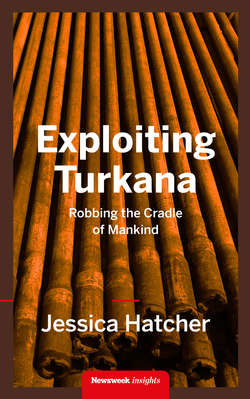Отрывок из книги
Jessica Hatcher’s reporting in Turkana was supported by the Pulitzer Center on Crisis Reporting. Learn more the project at pulitzercenter.org.
“Turkana Boy” is one of the most complete early human skeletons ever found. A picture based on facial reconstruction makes him look like a morose Shrek, with almost no forehead, ears that sit in-line with his temples, broad cheeks and mouth. Scientists believe that every person alive today is related to Turkana Boy’s community, which lived 1.6m years ago in northern Kenya at the far end of Lake Turkana, where the borders of Kenya and Ethiopia meet.
.....
Conflict is brewing, but the impact of oil is not the only concern in Turkana: there are fears that a four-million-year-old lifeline for hundreds of thousands of people is on the brink of ecological collapse. The world’s largest desert lake, Lake Turkana demarcates the county’s eastern boundary. North of it, Ethiopia is building the continent’s largest hydroelectric power project, including the Gilgel Gibe III dam, which could lower Lake Turkana’s water levels and decimate fish stocks[3]. Today, islands made of volcanic craters erupt like giant barnacles from the water’s surface. Part of a UNESCO World Heritage Site, they provide breeding grounds for one of the world’s largest crocodile populations (although their numbers have diminished in recent decades) and food for some two million flamingos who fly in each year. Experts believe the dam could, at best, shrink the lake, at worst, dry it up into two smaller pools, destroying the livelihoods of the quarter million people who rely on the lake[4].
So much hope for development. So much investment. But in the scramble for resources the question is: are we ransacking one of the most historic places on Earth?
.....
